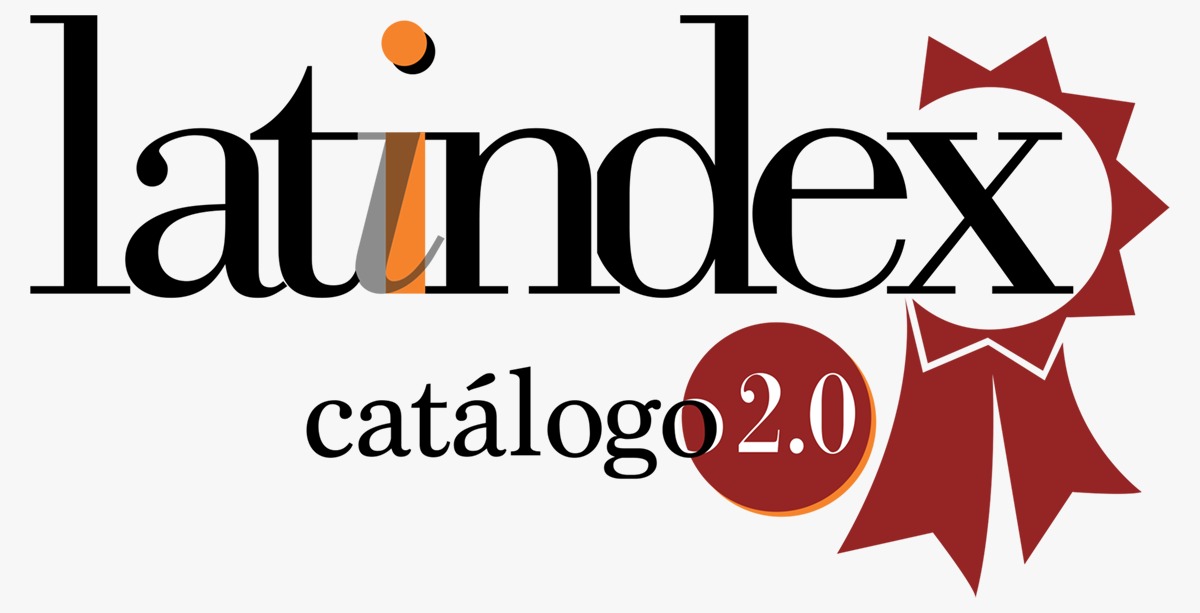Active participation-based learning in remedial students with hearing impairment
Keywords:
learning, active participation, hearing impairmentAbstract
The novelty of research on active participation-based learning in remedial students with hearing impairment lies in the need to ensure inclusion and educational equity for all people, regardless of their abilities. Furthermore, by focusing on the active participation of students with hearing impairment, we seek to foster their autonomy, independence, and development of skills, which can improve their quality of life and integration into society. In addition, research in this area can contribute to the development of new educational strategies and technologies to improve teaching and learning for hearing impaired students, which may have broader implications for inclusive education in general. It may also help to make visible the barriers and challenges faced by students with hearing impairment in the university context and promote the adoption of more inclusive policies and practices. This article, an international inter-institutional collaboration, projects the doctoral research of the principal author, advised by the co-author. The population of interest to characterize the problematic of the learning process in leveling students with hearing impairment at the Universidad Laica Eloy Alfaro de Manabí are all leveling students with hearing impairment enrolled at the university. A sample stratified by areas of study is selected to ensure that an adequate representation of the academic diversity of the population is obtained. In addition, it was possible to verify that research on this topic can contribute to improve the learning process in leveling students with hearing impairment at the institution.
Downloads
References
Castillo, C. D., Sánchez, J. J. y Londoño, M. V. (2019). Inclusión de personas con discapacidad auditiva en la educación superior: un análisis desde la perspectiva de la accesibilidad. Revista Espacios, 40(13), 11.
Castro Miranda, G. y Calzadilla Vega, G. (2021). La comunicación asertiva. Una mirada desde la psicología de la educación. Didasc@lia: didáctica y educación, 12(3), 131-151.
Cirillo, V., & Borgia, F. (2020). Disability and equality of opportunity. Journal of Business Ethics, 164(4), 621-636.
Gamboa Graus, M. E. (2018). Estadística aplicada a la investigación educativa. Dilemas Contemporáneos: Educación, Política y Valores, 5(2).
Gamboa Graus, M. E. (2019a). Axiología en los contenidos como organizador del currículo en la pedagogía desarrolladora. Didasc@lia: didáctica y educación, 10(6), 195–211.
Gamboa Graus, M. E. (2019b). La zona de desarrollo próximo como base de la pedagogía desarrolladora. Didasc@lia: didáctica y educación, 10(4), 33–50.
Gamboa Graus, M. E. (2022). Escalas de medición estadística. Didasc@lia: didáctica y educación, 13(1), 341-366.
Hernández López, R. M., Gamboa Graus, M. E. y Rivas Almaguer, B. N. (2022). Meeting of students with disabilities for a more accessible and inclusive university. In 2022 International Conference on Inclusive Technologies and Education (CONTIE) (pp. 1-6). IEEE.
Hernández, N. M. y Díaz, A. E. (2019). Estrategias de enseñanza para personas con discapacidad auditiva en educación superior. Revista Científica de Administración, Economía y Contabilidad, 1(2), 22-32.
Kabbani, H., Hamed, R., Al-Azawi, R., & Al-Ani, S. (2020). Exploring the experiences of college students with hearing impairment in the United Arab Emirates: A qualitative inquiry. Disability and Society, 35(4), 572-589.
Kaya, K., Altun, E., & Ozkan, B. (2018). The effects of using digital stories on the social skills, participation levels, and motivation of students with intellectual disabilities. Educational Technology & Society, 21(3), 156-166.
Muñoz, M., Villalobos, C. y Flores, M. (2020). Inclusión educativa: de la teoría a la práctica. Revista Electrónica Educare, 24(3), 1-19.
Oliver, B., & Hatfield, J. (2018). Teaching deaf and hard-of-hearing students: Strategies for success. The Clearing House: A Journal of Educational Strategies, Issues and Ideas, 91(2), 47-53.
Orellana, J. L., Pinillos, M. J. L. y Álvarez, M. A. (2018). Accesibilidad en el aula universitaria: necesidades de los estudiantes con discapacidad auditiva. Revista Iberoamericana de Educación a Distancia, 21(1), 161-178.
Pankova, E. G., Soloveva, T. V., Bistyaykina, D. A. y Lizina, O. M. (2020). Estado de protección social y perspectivas de las personas con discapacidad en Rusia. Dilemas contemporáneos: Educación, Política y Valores, 7(2).
Vizitiu, A. (2019). Inclusive education for students with hearing impairment. BRAIN. Broad Research in Artificial Intelligence and Neuroscience, 10(2), 13-18.
Wu, Y. H., Chao, W. C., & Chiang, Y. C. (2017). Sign language teaching with mobile devices in a blended learning environment. International Journal of Distance Education Technologies (IJDET), 15(2), 36-47.
Zhuykova, O., Krasavina, Y. V., Ponomarenko, E. P. y Serebryakova, Y. V. (2020). Pensar el aprendizaje individualizado basado en el estilo de los estudiantes con discapacidad auditiva. Dilemas contemporáneos: Educación, Política y Valores, 7(2).
Downloads
Published
How to Cite
Conference Proceedings Volume
Section
ARK
License
Copyright (c) 2023 Shalea Melissa Muñoz Zambrano, Michel Enrique Gamboa Graus

This work is licensed under a Creative Commons Attribution 4.0 International License.
Usted es libre de:
- Compartir — copiar y redistribuir el material en cualquier medio o formato
- Adaptar — remezclar, transformar y construir a partir del material para cualquier propósito, incluso comercialmente.
Bajo los siguientes términos:
- Atribución — Usted debe dar crédito de manera adecuada, brindar un enlace a la licencia, e indicar si se han realizado cambios. Puede hacerlo en cualquier forma razonable, pero no de forma tal que sugiera que usted o su uso tienen el apoyo de la licenciante.
- No hay restricciones adicionales — No puede aplicar términos legales ni medidas tecnológicas que restrinjan legalmente a otras a hacer cualquier uso permitido por la licencia.













































